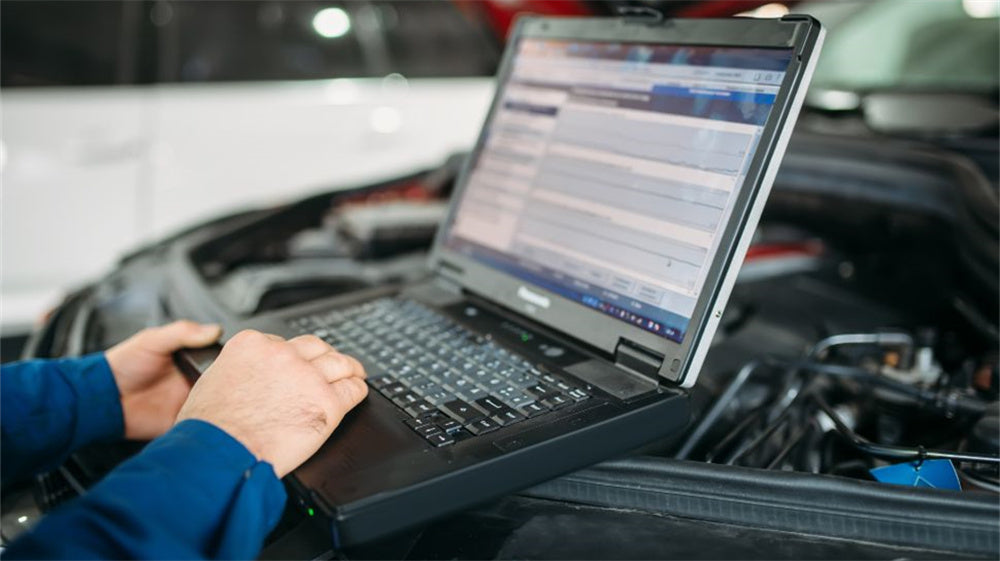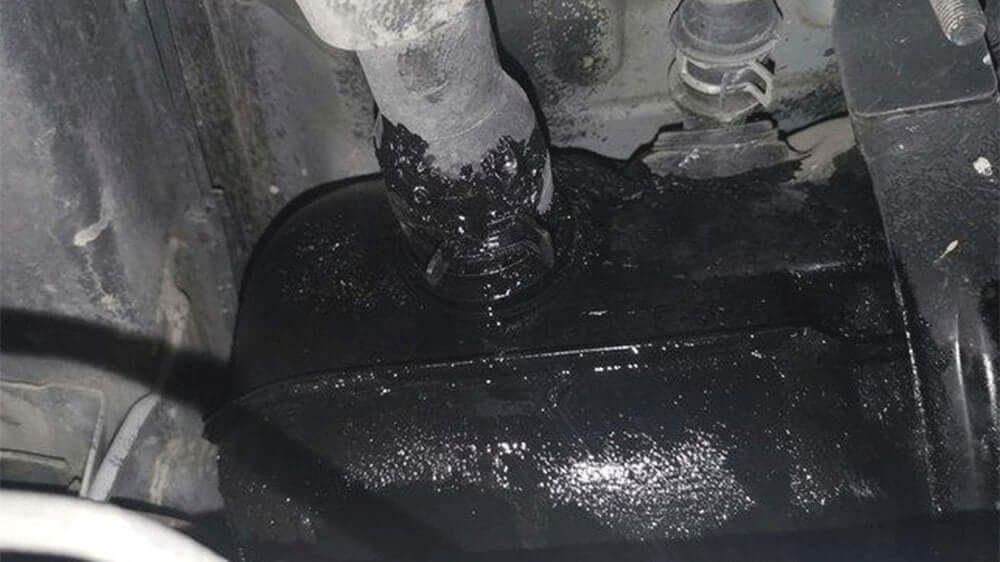
How to Inspect and Repair Oil Leaks( Part Two )
Last chapter, we covered oil leak detection and repair for the engine and transmission systems. In this chapter, we'll discuss parts that are less common but still important to address.
Transfer Case Oil Leak
Symptoms: Unusual noises, visible oil sludge.
Hazards: Increased wear on the transfer case.

1. Input/Output Shaft Seals
Inspection: Check for damage, looseness, or hardening of the seals.
Repair: Replace damaged or hardened seals. If needed, replace the entire seal set.
2. Transfer Case Housing
Inspection: Look for cracks or damage in the housing.
Repair: Repair or replace the transfer case housing.
3. Drain Plug
Inspection: Check if the drain plug is stripped or not properly tightened.
Repair: Tighten the drain plug or repair/replace the housing as needed.
Differential Assembly Oil Leak
Symptoms: Unusual noises, visible oil sludge.
Hazards: Increased wear on the differential.

1. Input/Output Shaft Seals
Inspection: Check for damage, looseness, or hardening of the seals.
Repair: Replace damaged or hardened seals. If needed, replace the entire seal set.
2. Differential Housing
Inspection: Look for cracks or damage in the housing.
Repair: Repair or replace the differential housing.
3. Drain Plug
Inspection: Check if the drain plug is stripped or not properly tightened.
Repair: Tighten the drain plug or repair/replace the housing as needed.
Brake System Oil Leak
Symptoms: Soft brake pedal, multiple pedal presses needed for braking, or lack of braking.
Hazards: Safety risk due to compromised braking performance.

1. Brake Master Cylinder
Inspection: Check if the master cylinder bolts are tight, if there is leakage at the piston area.
Repair: Tighten or replace the master cylinder as necessary.
2. Brake Calipers
Inspection: Check if the caliper bolts are tight, if there is leakage at the piston area.
Repair: Tighten or replace the caliper, or replace the caliper piston seals if needed.
3. Brake Lines
Inspection: Look for oil stains on the brake lines and check for damage from friction with other components.
Repair: Replace damaged brake lines.
4. Brake Fluid Reservoir
Inspection: Check for cracks or loose connections in the reservoir or recent brake pad replacements.
Repair: Secure the reservoir or replace it if necessary.
Steering System Oil Leak
Symptoms: Unusual noises when turning the wheel, reduced power steering feel.
Hazards: Increased wear on the power steering pump.

1. Power Steering Reservoir
Inspection: Check for overfilling, loose connections, or reservoir cracks.
Repair: Tighten connections or replace the reservoir.
2. Power Steering Pump
Inspection: Check for wear on the pump shaft or cracks in the housing.
Repair: Replace the power steering pump if necessary.
3. Steering Gearbox
Inspection: Look for leakage at the oil line bolts, input shaft, or piston areas.
Repair: Tighten bolts or replace seals or the entire steering gearbox as needed.
4. Hydraulic Lines
Inspection: Check for loose fittings or cracks in the hydraulic lines.
Repair: Tighten fittings or replace damaged lines. Check for interference with other components.
Shock Absorber Oil Leak
Symptoms: Increased vehicle vibration, "clunk" noises over bumps, visible oil sludge on the shock.
Hazards: Reduced shock absorber lifespan and decreased ride comfort.
Inspection: Look for oil sludge on the shock absorber surface.
Repair: Replace the shock absorber (preferably replace both front or rear shocks at the same time).

CV Joint Boot Leak
Symptoms: Clicking noises from the CV joint, oil grease on the inside of the tires.
Hazards: Accelerated wear on the CV joint.
Inspection: Check for holes in the CV boot or loose clamps.
Repair: Add lubrication, tighten clamps, or replace the CV boot. If excessive wear is noted, replace the CV joint.

Engine Mount (Hydraulic Type) Leak
Symptoms: Vibration or shaking in the vehicle.
Hazards: Accelerated wear of other components and decreased driving comfort.
Inspection: Look for oil stains on the engine mount (often red or black). Measure the gap at the mount support to assess its condition if no visible leaks are present.
Repair: Replace the engine mount.

You've nailed it! Oil leaks often signal that some parts, like gaskets or seals, are wearing out and need attention. Regular checks and replacing these parts before they fail can save you from bigger issues down the line. Keeping an eye on these components helps ensure your vehicle remains in good shape, runs efficiently, and stays safe on the road. If you notice any signs of leakage or dripping oil, it’s a good idea to get it checked out sooner rather than later.













































































